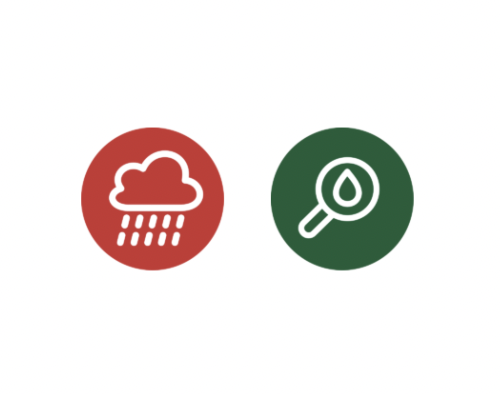SPONSOR:
Honolulu Board of Water Supply
PROJECT PERIOD:
07/20/2015-07/08/2017
ABSTRACT:
Surface water harvesting is a conservation method used to augment groundwater supply. The method is a form of Aquifer Storage and Recovery (ASR), which involves capturing excess water during wet periods and injecting that captured water into an aquifer. The water can then be retrieved during times of high demand or low flow. The ASR concept is widely used in states such as, Florida, California, and New Jersey. Water harvesting has been used in Jeju Island, South Korea, where groundwater provides 95% of the island's water supply. As of 2009, about 695,000 m3 of rainwater was injected into 81 wells, which equals the annual water use of 5,600 people.
The Honolulu Board of Water Supply (BWS) is funding a new project at WRRC that will investigate alternatives to supplement natural recharge utilizing storm water captured in the Nuuanu Reservoir No. 4, Oahu, Hawaii. The project will assess the feasibility of a floodwater harvesting system and assess the influence of the system on the aquifer storage and groundwater quality. Data compilation and models will be used in the design and assessment of the efficiency of the reservoir storage and wells under different storm and climate changes scenarios. The approach will include the integrated use of watershed and groundwater models, which will be calibrated and applied in the analyses. The watershed model is used to design the reservoir and harvest-system operations under various scenarios. Results regarding recharge estimation and injection rates will be utilized in the groundwater model.
PRINCIPAL INVESTIGATOR

